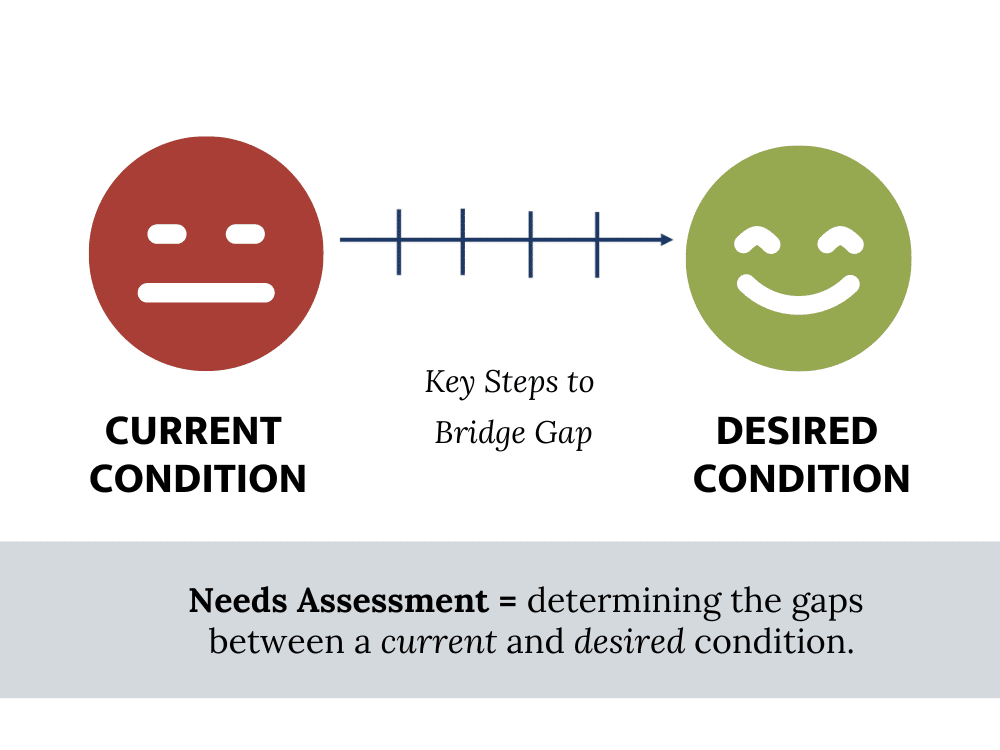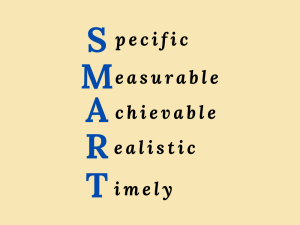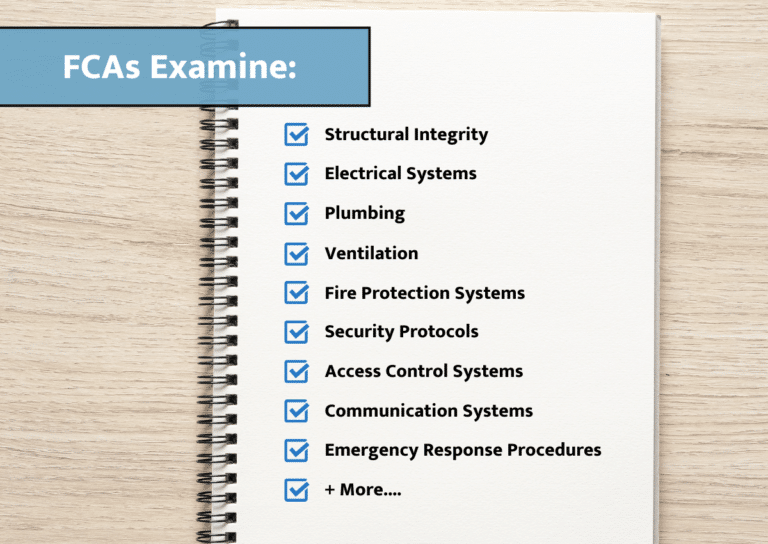Why the Need for a Needs Assessment?
Do you feel like something is missing or “off” with your facility or agency operations, but you can’t quite put your finger on exactly what’s causing it? You know your facility or operations isn’t where you want it to be in a certain performance area but the causes aren’t quite clear. Or maybe the challenge is not remedying a current need but preparing for what you’re going to need in the future.
If so, you’re not alone – it’s a feeling all too common among many of our respected clients in the criminal justice field.
That’s because justice facilities, such as detention and correctional facilities and courthouses, face a myriad of challenges, from ensuring adequate staffing and maintaining facility compliance with regulations, to providing the necessary services and rehabilitative programming to support the successful reintegration of individuals into society. It’s a constant balancing act and it can be difficult to pinpoint exactly what is causing an issue or what’s needed to address the complex requirements of justice environments. This is where a Needs Assessment might really come in handy.
In this blog post, we’ll break down what a Needs Assessment is, explore the value it can provide to justice leaders and the system as a whole, and outline seven key questions at the core of every effective Needs Assessment.
What exactly is a Needs Assessment? – Understanding the Concept of “Need”
To understand the purpose of a Needs Assessment, and to determine if it’s a tool that may be of value to you, it’s important to start with looking at the concept of “need”…
By its very definition, a “need” is a lack of something requisite, desirable, or useful. When it comes to justice facilities, a “need” may be a demand, challenge, requirement, obligation, responsibility, or stipulation. Detention and correctional facilities balance a range of personnel, program, and facility-related items with available resources, including the following needs:
- need for adequate and trained staff
- need for results-driven in-custody programs and activities
- need for a range of specific administrative, housing, program/vocational, and support spaces
- need for adherence to local/state/federal standards and/or decrees
- need for a well-maintained facility
- need for policies and procedures to ensure the safety of the public, staff, and those in-custody
- need for a budget strategy to maximize funding
- need for a population study and bed space projections
- need for a facility re-use plan to align with operational goals
- need for an operational philosophy change to address a changing population
Just realizing and correctly identifying a need can be a monumental first step. Often, time is not spent internally analyzing why there is a need and identifying what are the underlying root causes and effects. It’s important to first take time to analyze your process to correctly identify the challenge and all the impacted systems and stakeholders you must take into consideration along the way.
The Importance of a Needs Assessment

A Needs Assessment serves as a systematic approach to understanding and developing solutions for demands, challenges, requirements, or obligations. It helps bridge the gap between the current condition and the desired state – where you’re at now, and where you ideally want to be. This assessment can be conducted at both high-level policy and daily operational levels, depending on the specific objectives and goals you have in mind.
Once a need has been clearly identified, a Needs Assessment can be completed to understand and develop a solution to fill the demand, solve the challenge or complete the requirement. Justice “needs” encompass a wide range of factors, including staffing, programs, facility requirements, adherence to standards, safety protocols, budgeting, population studies, and operational philosophy changes. Recognizing a need is the crucial first step in enhancing operations and making a change for the better.
Needs Assessment Starter Framework: 7 Key Questions to Guide Your Process
It’s essential to analyze your processes, identify the root causes and effects, and develop a comprehensive understanding of the challenges at hand. By nature a Needs Assessment can be “needy” in terms of resources – right data, right stakeholders, right evaluation process, etc. – required to make informed decisions. However, whether you choose to partner with an outside organization or opt to handle it in-house, there are some key considerations that every effective Needs Assessment process must take into account. Once a need is identified – ask yourself/your team the following questions:

For the most effective results, make sure the objectives of your Needs Assessment are S.M.A.R.T.
- What is the overall goal to be accomplished?
Clearly define the objective(s) at hand and ensure they align with the SMART rule (Specific, Measurable, Achievable, Realistic, and Timely). This provides a solid foundation for effective planning and decision-making. - What are industry best practices?
Research industry sources to access sample work plans and reports that offer guidance and insight into emerging topics and trends in the field. Learning from successful practices can lead to new opportunities forimprovement. Industry sources encompass a wide range of materials, including research studies, best practice guides, case studies, and reports from reputable organizations or agencies specializing in justice facility planning, operations and management.
planning, operations and management. - What information is needed to make informed decisions?
Identify the type and level of quantitative and qualitative information to be collected internally and/orexternallyto guide the assessmentprocess.Identifysourcesfordata and determine what data is readily available and what needs to be created. This may involve examining existing records, reports, and databases within the facility. It may be necessary to explore external sources, such as crime statistics, demographic data, or relevant research studies, to gather a comprehensive range of information. Estimate the level of effort and time required to gather all the data. - How will the information and results be evaluated?
Summarize and reflect on the information compiled. Create (or look to outside resources to assist in creating) a data analysis tool to evaluate and organize the information and to identify insights and outcomes. Consider alternatives, draw conclusions, and determine how best to summarize and present the findings. Be sure to engage stakeholders for input and discussion and to formalize findings and recommendations. -

Custom data applications, like CGL MobileMind, can be used to reveal valuable insights into your facility operations. It’s also a great tool for quickly training new staff and transferring knowledge. Click on the image to view a video to learn more about CGL MobileMind powered by QMODO AI
Who needs to participate in the process?
Identify all the stakeholders required for defining the project, collecting information, analyzing and presenting data, implementing recommendations, and monitoring results, and decide when each stakeholder should be engaged in the assessment process. Assign a Project Manager to oversee the project from start to finish and to serve as the main point of contact for the Project Team. Develop a Project Committee to provide support, guidance, and oversight to the manager and project team at strategic milestones throughout the Needs Assessment. - What resource limitations exist in gathering data and evaluating options?
Consider how much time, budget, and staff capacity you can assign to the Needs Assessment process and if you need professional planning to complete the assessment. Estimate the effort and time needed to gather the necessary data – what resources, personnel, and technology are required to collect, organize, and analyze the data effectively. Identify resource requirements needed from other stakeholders outside of your agency to provide data and assist with the evaluation of information. - How will the results guide decision-making?
Determine the scope of the results and their application. Consider if the results are needed to guide a daily/operational, management/tactical, and/or policy/strategic decision. Identify the audience requiring the information and the best strategy for sharing the results. Establish a process to monitor and evaluate actions implemented.
Well Worth the Effort
Needs Assessments may require considerable resources, but they are key to making informed decisions and achieving your desired outcomes. When done properly, with a thorough and thoughtful approach to the considerations outlined in the article above, a Needs Assessment is an extremely impactful tool for criminal justice leaders and the justice system as a whole. By identifying and addressing gaps through a systematic approach, facilities can enhance staffing, programs, facility conditions, compliance, safety, budgeting, and overall performance.
Better yet, by gaining an in-depth understanding of the needs and challenges faced by the incarcerated population, justice leaders are empowered to make informed decisions, allocate resources wisely, engage in strategic planning, and develop tailored programs and services that make an impact. Through these efforts, detention and correctional facilities can become transformative spaces that foster growth, reduce recidivism, and promote the successful reintegration of individuals into society.





